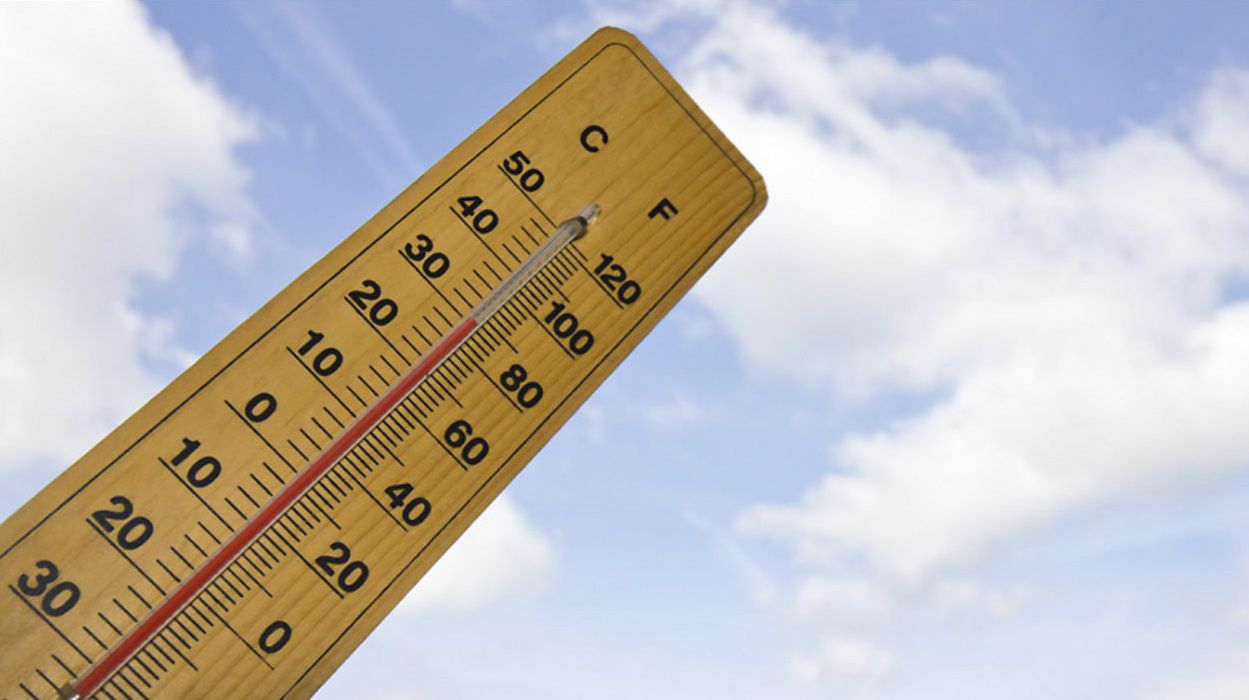Home>Weather and Climate>How to Interpret Average Weather in November


Weather and Climate
How to Interpret Average Weather in November
Published: July 28, 2024
Learn about November's typical weather patterns and climate trends. Explore the seasonal variations and weather conditions during this month.
(Many of the links in this article redirect to a specific reviewed product. Your purchase of these products through affiliate links helps to generate commission for Temperatures.com, at no extra cost. Learn more)
November rolls around, and with it comes a shift in weather patterns that can feel like Mother Nature's mood swings. In many places, autumn is in full swing, painting landscapes in hues of orange, red, and yellow. Trees shed their leaves, preparing for winter's chill.
For me, November's weather is all about transition. In the northern hemisphere, temperatures drop significantly, hinting at the upcoming winter. Days get shorter, nights longer, and the air carries a crispness that wasn't there before. It's the time for warm sweaters, hot drinks, and watching breath fog in the cold air.
Down south, it's a different story. November marks the end of spring and the onset of summer. Warmth increases, days lengthen, and everything feels vibrant and alive. Beaches start to call out to locals and tourists alike, promising sun-soaked days and balmy nights.
Rainfall in November can be unpredictable. Some areas see their first snowflakes, while others might experience the last of the autumn rains. It's a month where weather forecasts become a daily necessity, not just for planning what to wear but for preparing for whatever Mother Nature decides to throw our way.
In essence, November is a month of change, a bridge between the warm days of summer and the cold nights of winter. Whether bundling up or shedding layers, it's a time to adjust and enjoy the unique beauty this month brings.
















